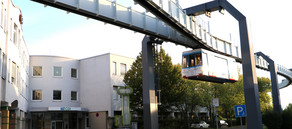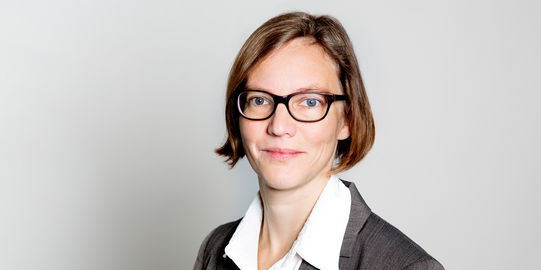EkK Music - Measuring and promoting the development of creativity in school
In this project we develop and validate a test for measuring creative competence among students in secondary school. A special focus is on music.
Funding

Project description
Aim of the project is the development and validation of a test to measure creative competence in the context of music in grades 6. and 7. This is connected with the question whether creative processes in the field of music can be described as competences.

Creativity can be understood as a personality-building resource and is a precondition for the accomplishment of numerous tasks in a constantly changing world of work and life. It shows itself in ideas, solutions, or final products, which must meet the criteria of novelty/originality and appropriateness/usability. Due to the traditionally strong orientation of creativity models to constucts of performance, creativity can also be described as a competence. Based on current theoretical approaches, a creative competence can be structured in three dimensions: general creative processes (eg convergent and divergent thinking processes), domain-specific components (eg expertise or expertise) and motivational dispositions.
The methodological approach follows the standards of competency test development. Testitems will be developed, tested and optimized. This process is supported by experts from university and school. The developed items will be piloted to approx. 1,600 pupils of grades 6. and 7. and then validated on a new sample with approx. 800 pupils. To test the criterion validity, more complex creative tasks developed by the expert group will be carried out and their prediction by the results of the competence test will be examined.
The final result of the project is a theoretically-based test instrument for the measurement of creative competence in the context of music at the beginning of secondary school level. The planned analyzes allow insights into the structure of musical creativity, the level and the spread of the competences in the first grades of secondary schools and the connections with relevant further aspects.
Lead researcher at IFS
Project management
- Dr. Matthias Trendtel






![[Translate to English:] [Translate to English:]](/storages/ifs-ep/_processed_/8/5/csm_AdobeStock_412860748_9a2dbb816c.jpeg)
